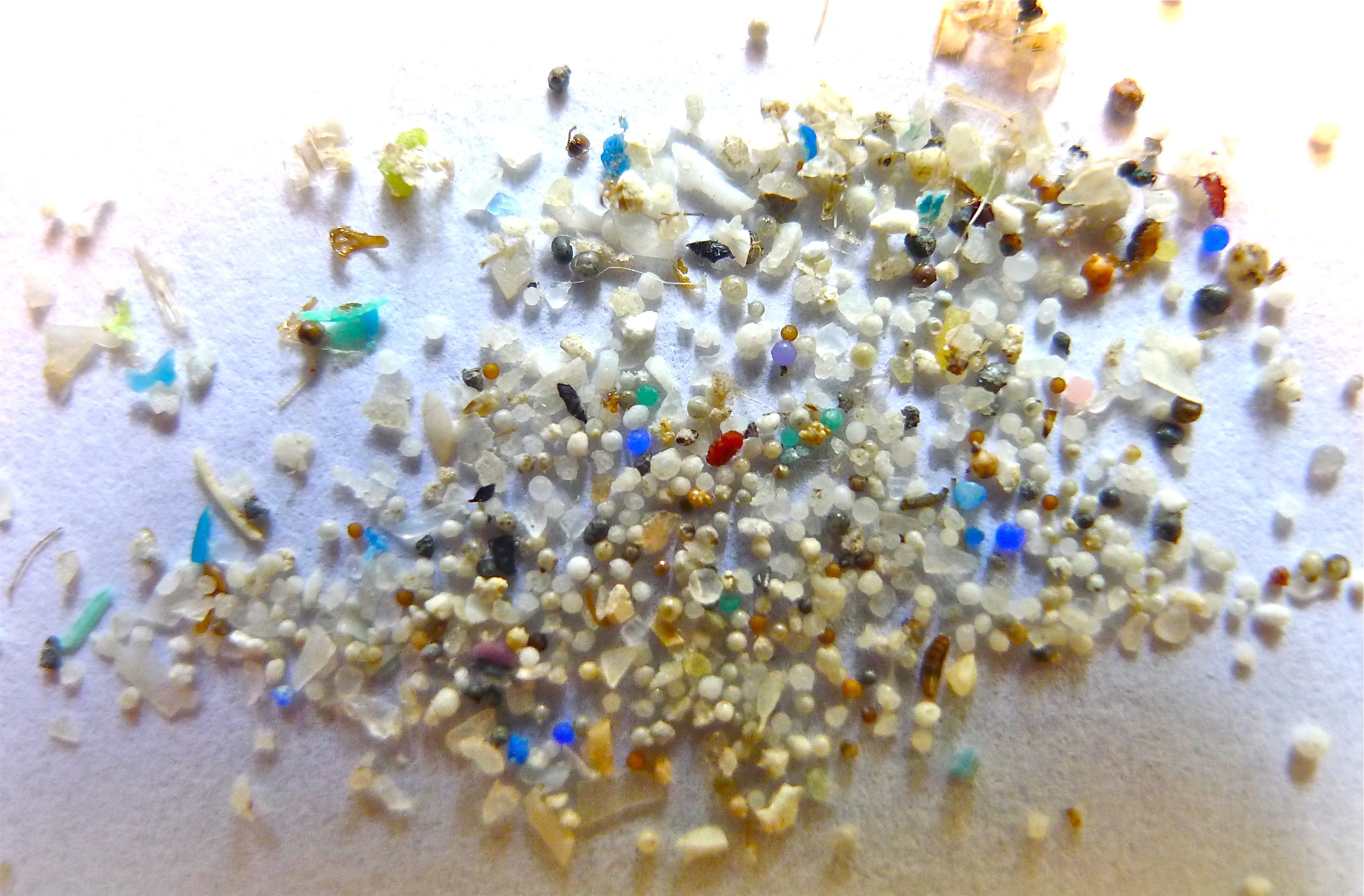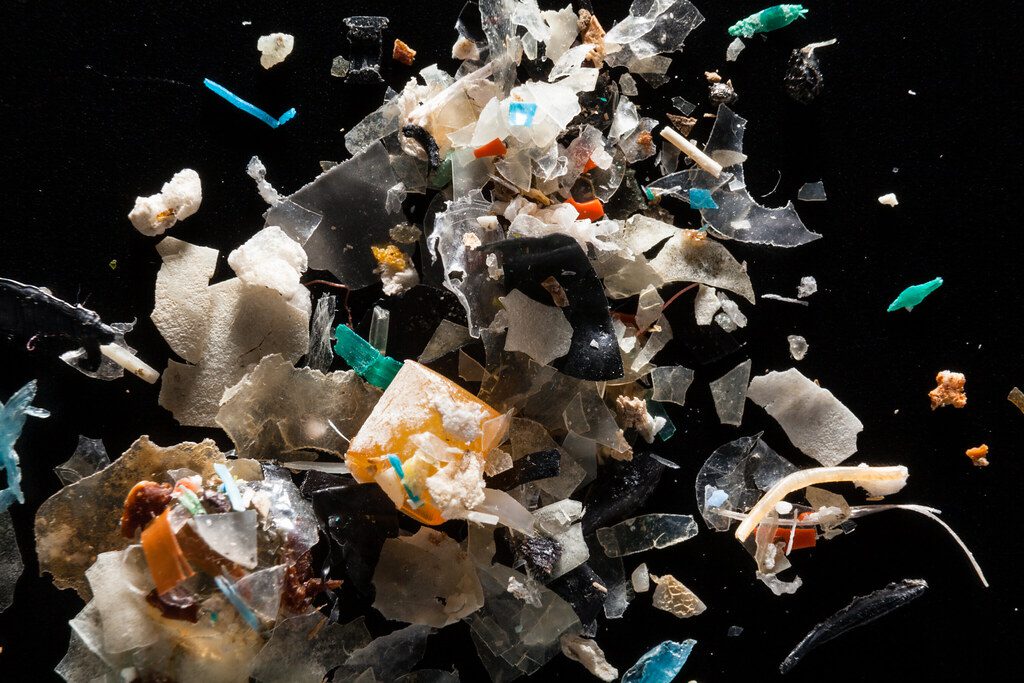The California Ocean Protection Council approved what it calls “the first comprehensive microplastics strategy in the nation”.
The Statewide Microplastics Strategy identifies early actions and research priorities that will reduce pollution.
Over time, plastics break down in aquatic environments into pieces of ever-decreasing size, with those less than 5 mm in size known as “microplastics,” which can harm ocean life because it is easily ingested.
The Council says that tire and road wear, synthetic textiles, and single-use plastic foodware are among the top sources.

“Precautionary management of microplastic pollution and upstream source reduction are the most effective response to this crisis.”
“We must take action, and this strategy shows us how,” said California Natural Resources Secretary Wade Crowfoot. “By reducing pollution at its source, we safeguard the health of our rivers, wetlands and oceans, and protect all of the people and nature that depends on these waters.”
The 37-page Strategy provides a multi-year roadmap for California to take a national and global leadership role in managing microplastics pollution by utilizing a two-track approach to manage microplastic pollution.
The first tracklists 22 immediate, “no regrets” actions and multi-benefit solutions to reduce and manage microplastic pollution, including pathway interventions within specific routes, like stormwater runoff and wastewater treatment.
To prevent the pollution at its source their plan is to either eliminate specific products and materials through financial incentives, or encourage product innovation or alternatives. Other options are identifying alternate sourcing and design, improving waste reduction, or institute “where necessary, product and material prohibitions”.
“Some solutions, like stormwater infiltration projects and better compliance with nurdle discharge prohibitions, can reduce microplastics immediately”, said the Council’s Executive Director, Mark Gold.
But Gold also called for better leadership from the textile industry and tire manufacturers to “produce consumer products that don’t add to the growing problem.”
The California Legislature recognized the need for a comprehensive plan to address this environmental challenge in 2018, with the adoption of Senate Bill 1263, requiring the California Ocean Protection Council (OPC) to adopt a statewide research strategy and identify early actions to reduce microplastic pollution in California’s marine environment.
The plan was then released for a one-month public comment period, which closed on January 21.
According to goodnewsnetwork.org. Source of photo: internet








